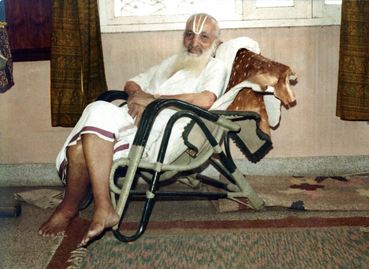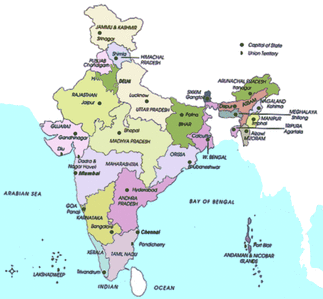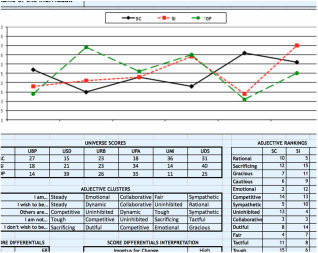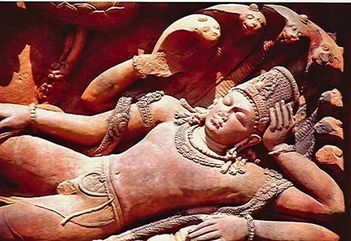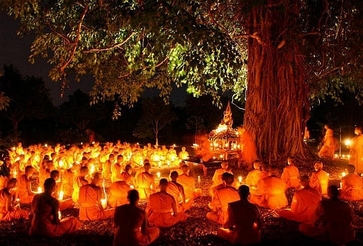Discovering Self through Yoga Sutra and the Mahabharata
Inner Work through YogaIn this paper I have tried to articulate the similarities that I see in the processes of Identity formation, the processes of role taking and the Yogic texts as I understand them. The interpretation of the Yoga Sutras and Sankya Karika that I have used in this paper are drawn from the oral tradition of Yogacharya T. Krishnamacharya. They are an English rendition of his expressions in Tamil. The teaching was carried on over a period of about 10 years mostly through individual classes.
| |||||||
India at an Inflexion Point
India is at an inflexion point. An old civilization is coming to terms with modernity. At Sumedhas Academy for Human Context (www.sumedhas.org) we have been examining the nature and processes of the Indian Psyche with deep interest. As India takes steps towards development, it draws energy from its psyche and impacts it in many significant ways. We have used the frame work developed by Ashok Malhotra (one of the founders of Sumedhas) which is based on the Gravesian insights..
| |||||||
Organization Identity ProfilesThe paper seeks to throw light on the differing organization profiles of New Economy and Old Economy businesses of India that the tools vividly map, and ways in which the unraveling of the profile offers the organization significant cues for inquiry and new directions for action. While the purpose here is not to detail the design elements of the tools themselves, or their psychometric properties, one hopes that the reader will find sufficient information on the tools to apprehend the thrust of the main plot without getting sidetracked by doubts about the robustness of the tools themselves.
| |||||||
Charlie Hebdo, God and Earth SpiritualityThis paper was written as a preparation to a 3-day ‘Research and Contemplation’ dialogue on Earth Spirituality conducted by Sumedhas,Academy for Human Context at the Fire Flies Ashram. The first part of the paper outlines a framework through which the idea of Earth Spirituality can be examined; it uses the recent spate of hate killings to illustrate the idea.The second part of the paper reflects upon the experience of the Dialogue.
| |||||||
Understanding the KoodamKoodam and Sangha are spaces have energized communities and were the primary indigenous form of Governance till they were replaced by Colonial structures. In many places they are still operational, though their centrality is not recognized by the Governmental structures. This paper discusses how these cultural memories were reawakened and deployed in solving chronic problems of Governance.
| |||||||
Organisation Design to mobilise the potentials of the Indian identity
|
The Indian Shastraic theory does not accept linear causality. The theory is of simultaneous multiple causalities. Sankhya explains this with the following example: When rain falls on dry ground, it causes the earth to flower. If however, it falls on fertile ground, it causes the earth to flower. If however, it falls in the sea, it will make no difference at all. The recognisable part of the causation is called the Nimittha Kaarana and the unmanifest quality of the ground is called the Upaadana Kaarana. The immediate trigger or agency that sparks off the causation is called the Karana. Other accessories and contextual elements are also considered important in the final form that emerges.
|
| Organisation Design to mobilise the potentials of the Indian Identity.pdf | |
| File Size: | 216 kb |
| File Type: | |
VUCA and the HR / OD Practitioner
In our work with people we (Consulting team of FLAME TAOKnoware) focus on the hidden parts of the proverbial ice berg- the meaning making processes of people. In laboratory learning contexts the superficial layers of thought-action give way to an understanding of feeling- thought. We often come across a deep conflict between the identity processes of the individual and their role taking modalities. This conflict is rooted in the idea that one must suppress ones own natural ways of feeling and thinking, and adopt ways that are appropriate to a “professional” context. We have spoken about these conflicts at length in some of our papers and blogs.
